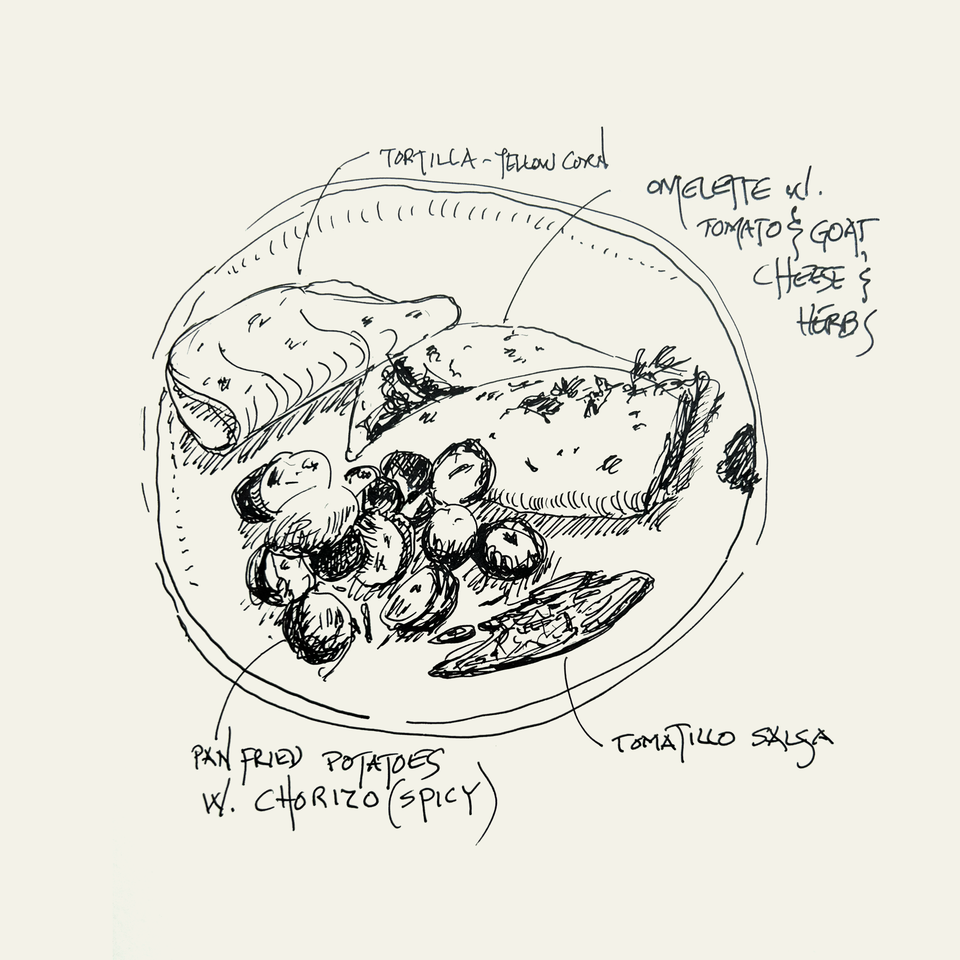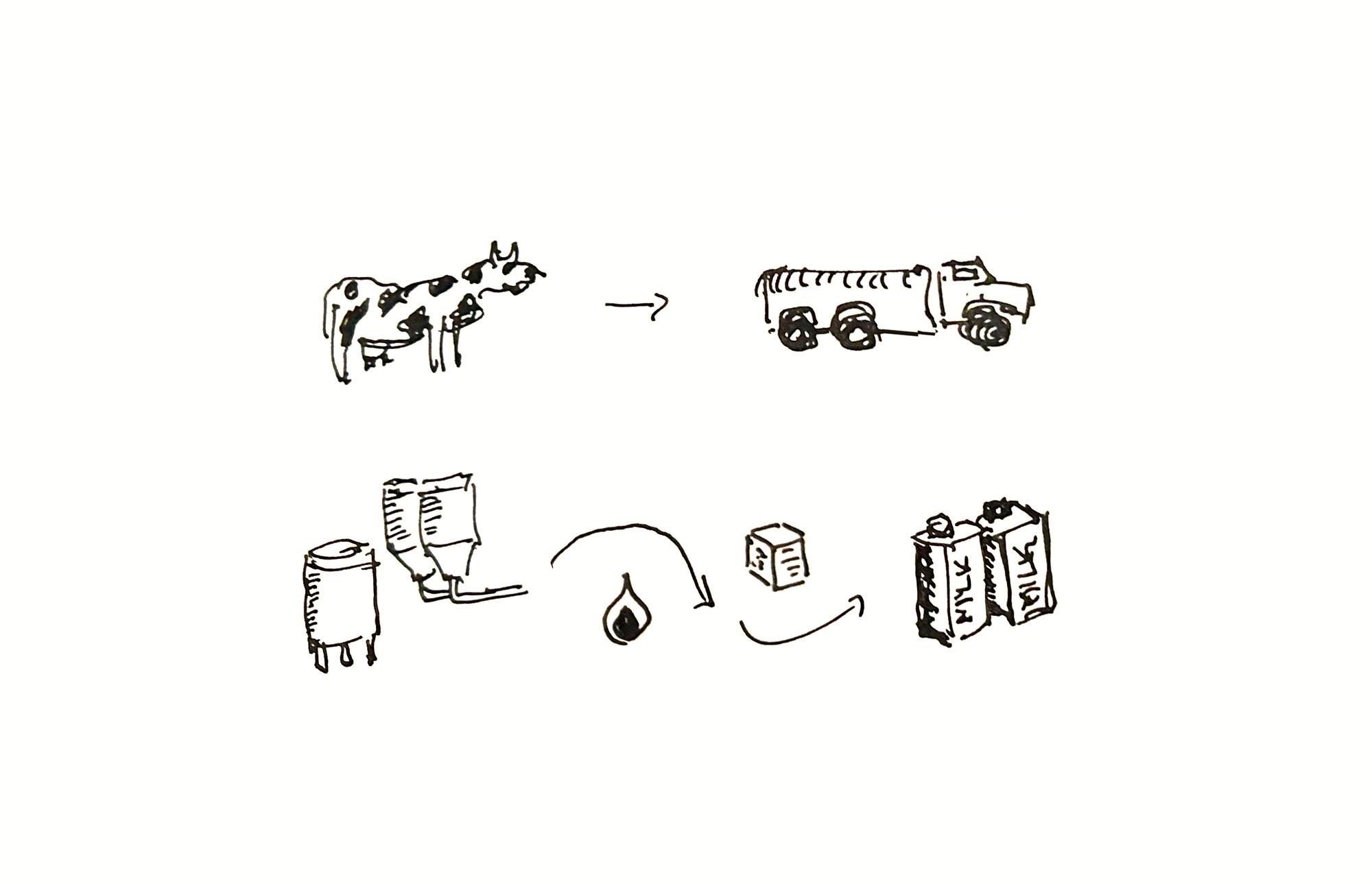MD-13

We are both feeling a bit under the weather, so some low-key time for just chilling and hanging while our bodies do their self-management. Self-care included some delicious home-cooked omelette with goat cheese and tomato...

In Mexico, the eggs are not sold refrigerated, nor is milk, and it makes a lot of sense – you will forgive me for the following rant, dear reader; I'm a bit cranky as I'd prefer not to be nursing a bug!
Milk.
In Mexico - and most of Europe - milk is pasteurized through UHT treatment - a simple method, through which milk is sterilized by being heated to Ultra-High Temperature (135°C) for a few seconds, then rapidly cooled. It eliminates virtually all microorganisms, making it shelf-stable for several months when unopened, without any refrigeration.

It's an efficient inline process. UHT Milk is shelf-stable for months, compared to refrigerated milk, which is only shelf-stable for a few days, and which also requires an impressive refrigeration infrastructure for processing, distribution and storage. The myth about refrigerated milk is that it's a consumer preference in North America, and since refrigeration is so widespread, that this is the best way to process and sell milk.
I suspect the more likely truth is that we are sold this 'consumer preference' precisely because it is inherently more wasteful, and that waste translates directly to more cash for the dairy industry. More milk thrown out = more cows, more industry, more refrigeration, more trucks, more money flowing out of consumer pockets and into the Dairy consortium. That cows are a mega-producer of greenhouse emissions is an inconvenience. Climate crisis: opportunities to come.
Eggs.
I like eggs. Weirdly, omelettes are called tortillas in Mexico. It derives from the diminutive form of Torta in Spanish. Tortilla = little cake... and Spanish omelettes are a bit more like little cakes.
omelette = tortilla
scrambled eggs = huevos revueltos
fried eggs = huevos estrellados
Got it.
But I'm digressing from my rant... In Mexico, eggs are not refrigerated because they are sold with their protective natural cuticle, or bloom, intact. This coating is a natural barrier against bacteria, allowing the eggs to be stored at room temperature. Makes sense, of course it does - chickens don't have refrigerators to preserve their collective futures.
In North America, eggs are washed during processing, which removes this protective layer, and because the cuticle is removed, the eggs require refrigeration to prevent spoilage, and it also magically reduces their shelf life – ya, you know where I'm going with this, right?
Arguments about potential salmonella provide a perfect fear-mongered incentive for post-processing and refrigerating eggs; chickens are easily vaccinated. But eggs that require refrigeration, and have a short shelf life magically contribute to the direction of that cash flow to the egg barons.
There is also a psychological motivation for selling things in the refrigerated aisle; placing these items in the refrigerated aisle, emphasizes their perceived freshness, a tactic that taps into our desire for fresh 'n healthy.
Rant over.
'nuff said.
As always, thanks for reading and indulging!
Share via Email

Member discussion